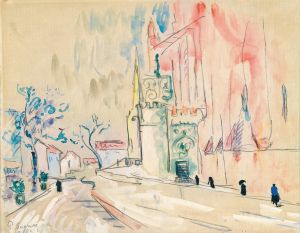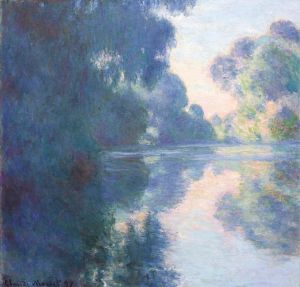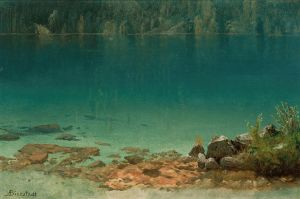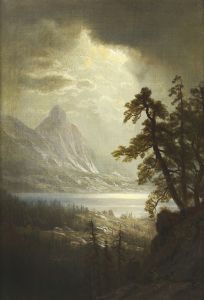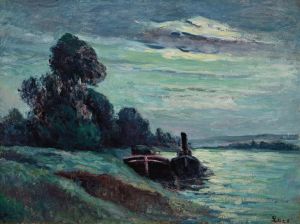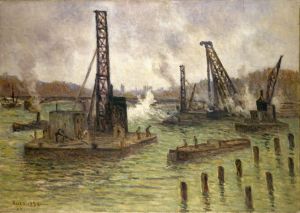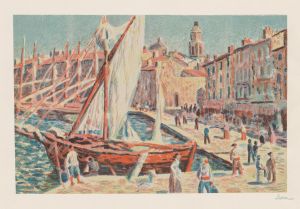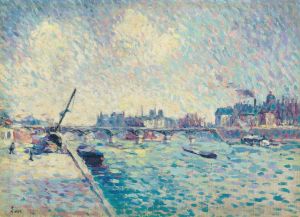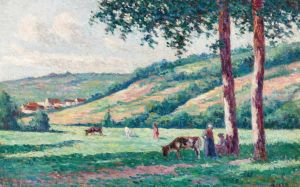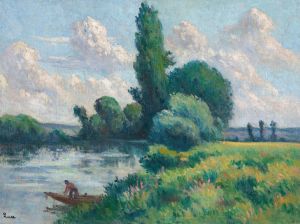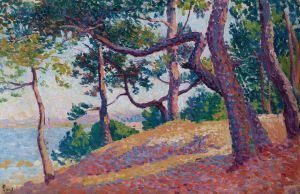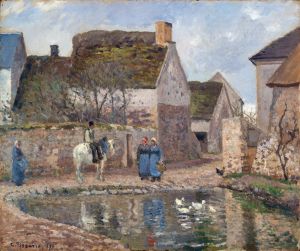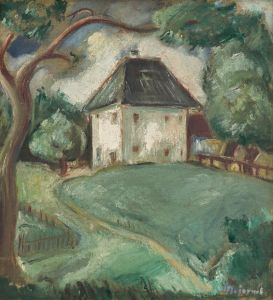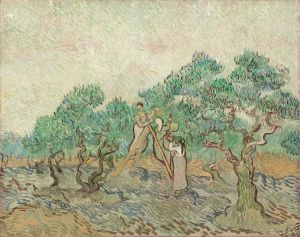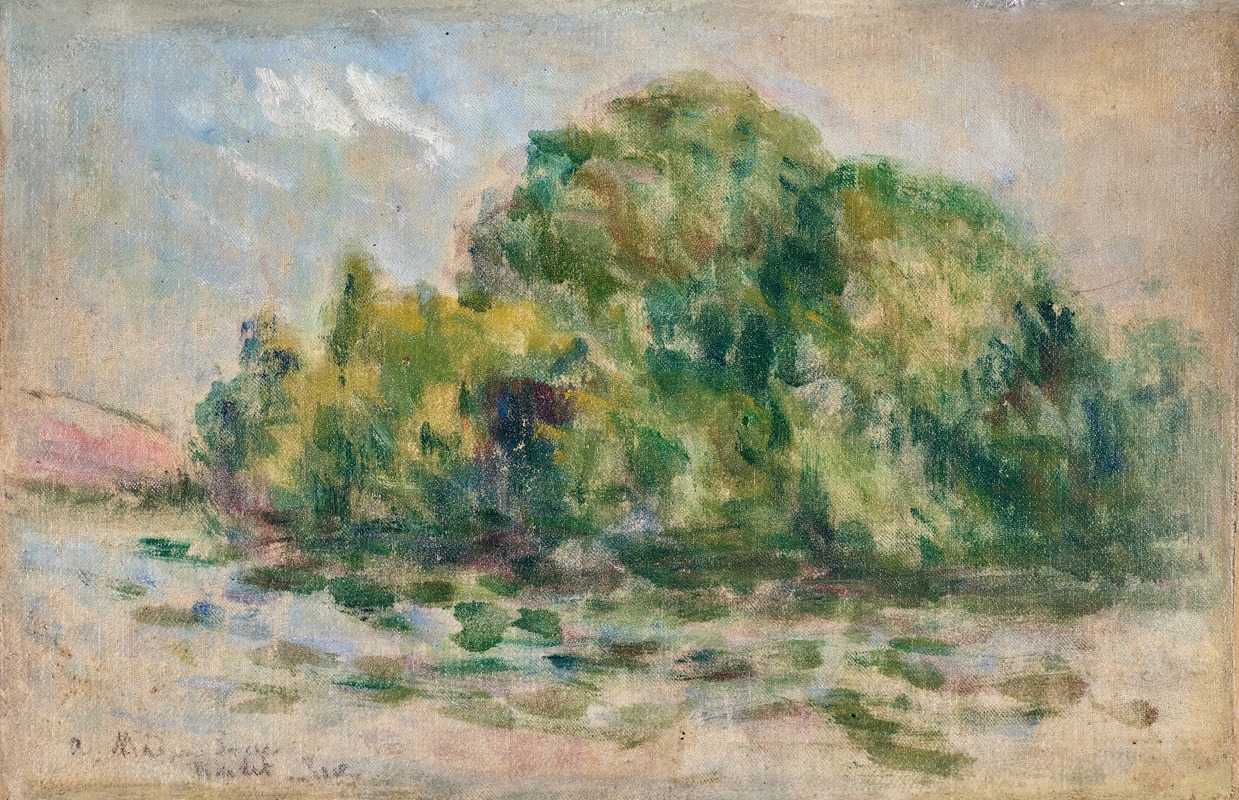
Bouquet d’arbres
A hand-painted replica of Maximilien Luce’s masterpiece Bouquet d’arbres, meticulously crafted by professional artists to capture the true essence of the original. Each piece is created with museum-quality canvas and rare mineral pigments, carefully painted by experienced artists with delicate brushstrokes and rich, layered colors to perfectly recreate the texture of the original artwork. Unlike machine-printed reproductions, this hand-painted version brings the painting to life, infused with the artist’s emotions and skill in every stroke. Whether for personal collection or home decoration, it instantly elevates the artistic atmosphere of any space.
Maximilien Luce (1858–1941) was a French Neo-Impressionist painter, known for his contributions to the Pointillist movement and his depictions of landscapes, urban scenes, and working-class life. One of his works, Bouquet d’arbres (translated as "Clump of Trees" or "Group of Trees"), exemplifies his mastery of light, color, and atmosphere, hallmarks of the Neo-Impressionist style.
Luce was heavily influenced by Georges Seurat and Paul Signac, pioneers of Pointillism, a technique that uses small, distinct dots of color to create an image. While Luce initially adopted this method, he later transitioned to a freer, more fluid style of brushwork, which is evident in Bouquet d’arbres. This painting captures a serene natural scene, focusing on a group of trees, likely in a rural or suburban setting. The composition emphasizes the interplay of light and shadow, with dappled sunlight filtering through the foliage. Luce’s use of vibrant, harmonious colors reflects his interest in the effects of light and his dedication to portraying the beauty of the natural world.
The exact date of creation for Bouquet d’arbres is not definitively documented, but it is consistent with Luce’s broader body of work, which often explored landscapes and nature throughout his career. His paintings frequently depicted scenes from the Île-de-France region, where he spent much of his life, as well as other parts of France. While Luce is perhaps best known for his urban and industrial scenes, such as depictions of factories and workers, his landscapes reveal a more tranquil and contemplative side of his artistic vision.
Luce was not only an artist but also an anarchist and social activist, deeply concerned with issues of social justice. His political beliefs occasionally influenced his choice of subject matter, though Bouquet d’arbres appears to be a purely aesthetic work, focusing on the beauty of nature rather than social commentary.
Today, Bouquet d’arbres is recognized as an example of Luce’s ability to convey mood and atmosphere through his innovative use of color and light. The painting is held in a private collection or museum, though specific details about its current location are not widely available. Maximilien Luce’s contributions to Neo-Impressionism and his dedication to capturing the essence of his surroundings continue to be celebrated in the art world.





